The Haworthia Cooperi is a succulent that can be difficult to come by. This plant has unique, thick, flesh like leaves that grow in a rosette pattern.
The leaves of this plant have transparent streaks along the tip, which makes this plant easier to identify than the other relatives of the Haworthia plant family.
This succulent grows along the cliffs and lowland plains of the Eastern Cape Province in South Africa. This is a slow growing plant, so you won’t need to repot it very frequently. With the right care and attention, this little succulent will grow happily indoors.
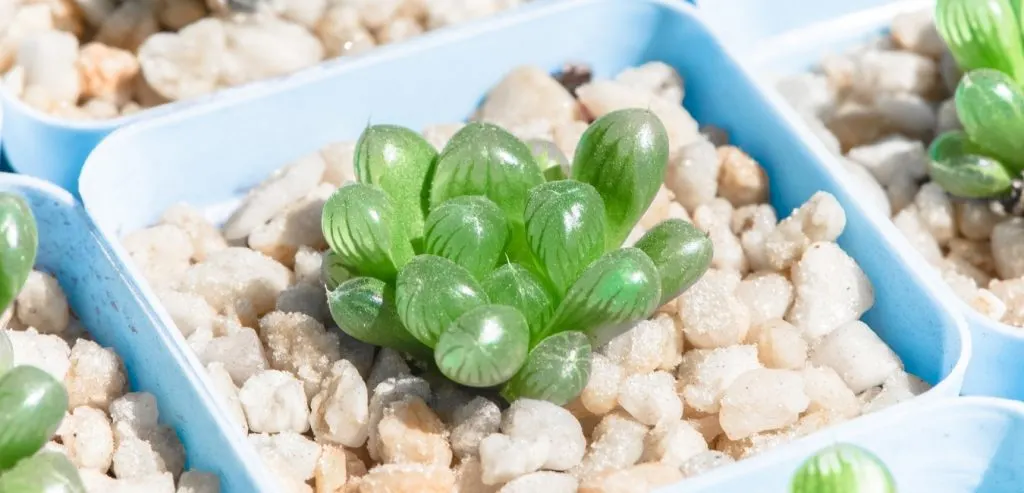
Despite this plant being in the succulent family, it does not require as much light as most of its counterparts. If this plant is placed in direct sunlight, the leaves can change to a white or yellow color. This plant naturally grows in shaded areas away from direct sunlight. Give this plant bright indirect light for best results.
Another common issue with the Haworthia Cooperi is overwatering. This can quickly lead to a fungal infection and root rot. Underwating this plant will always be better than overwatering. Always do a soil test before watering and make sure the soil is dry an inch down. Give this plant a good soaking every 7-10 days. Avoid getting water into the crown of the plant.
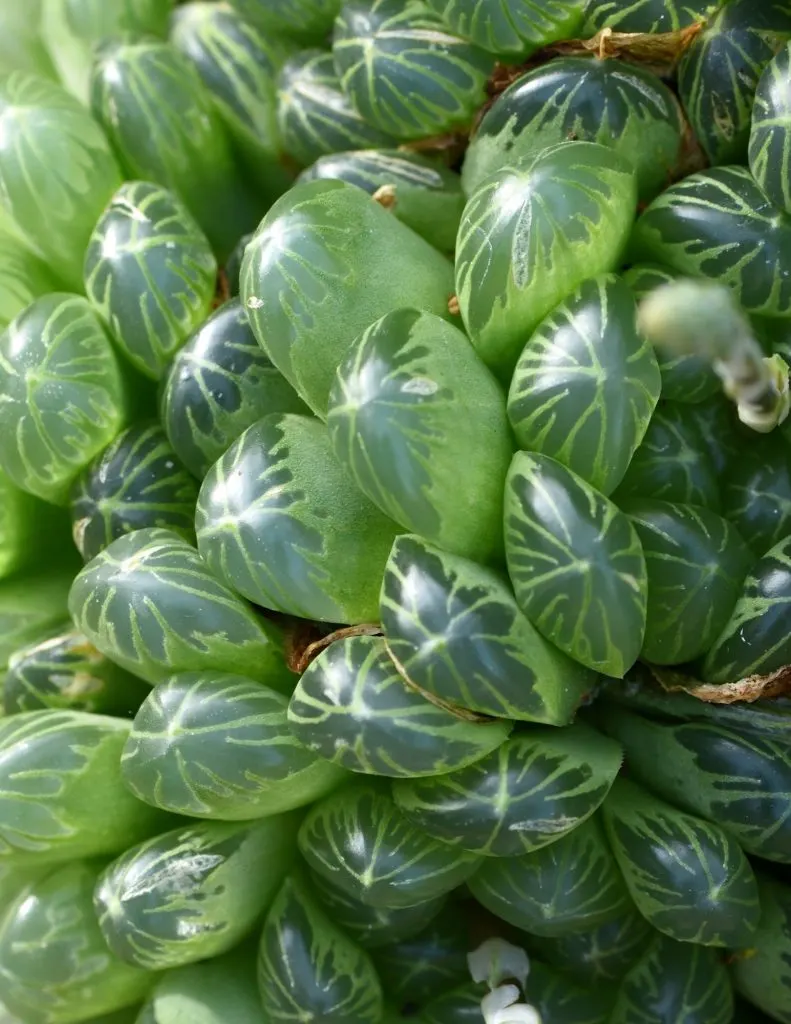
Other popular succulents:

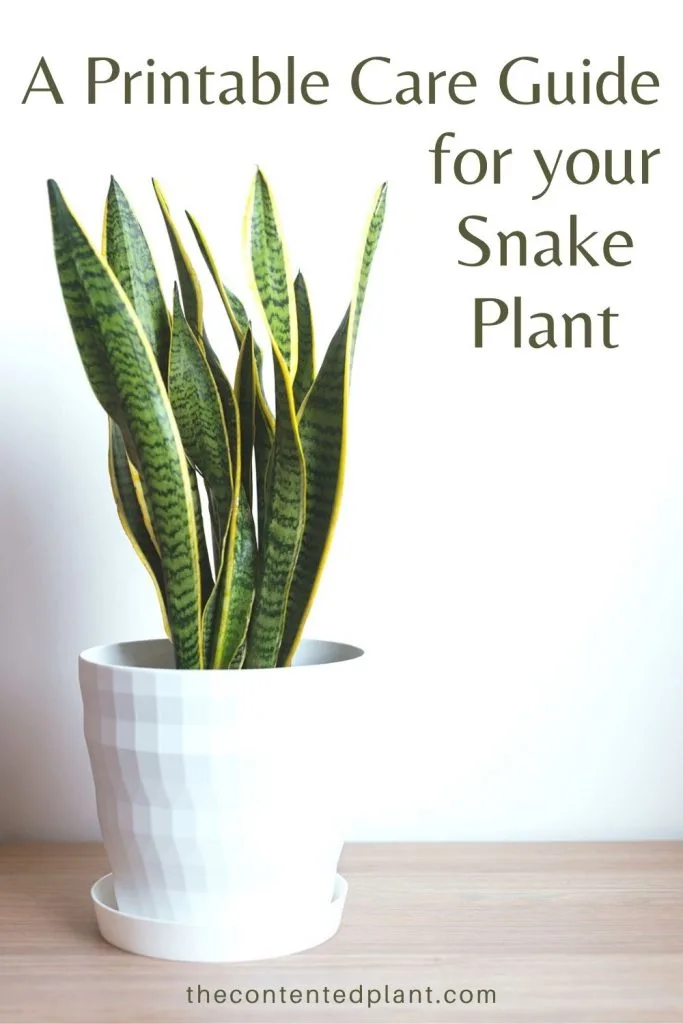
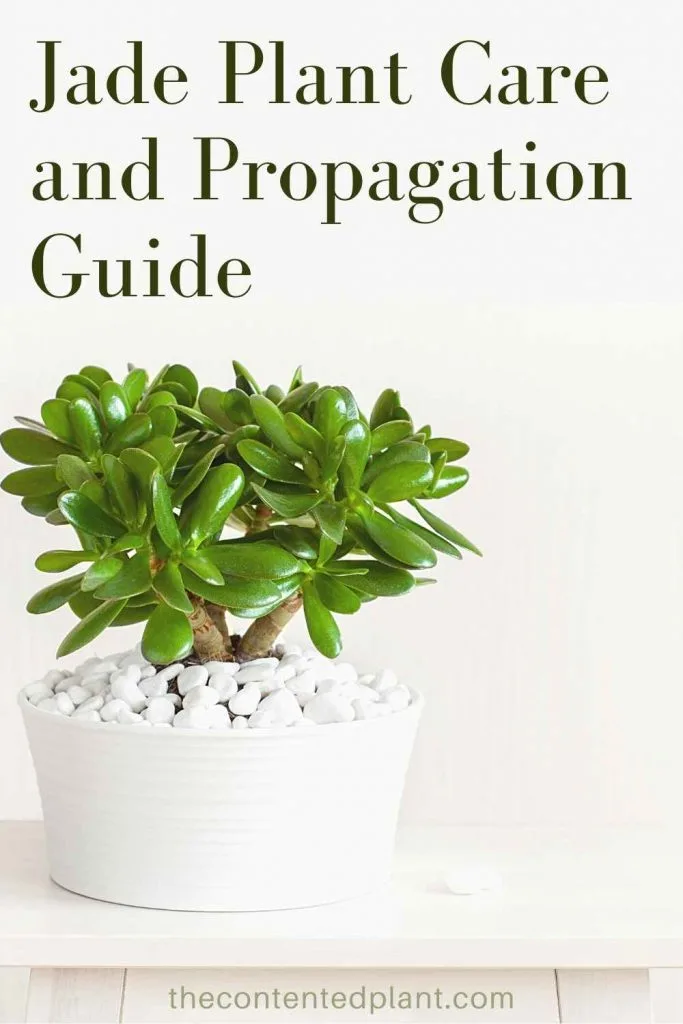
We have put together a simple and printable care guide for this plant. Read the care guide below for the best care tips on keeping your Haworthia Cooperi happy!
Haworthia Cooperi Care Guide
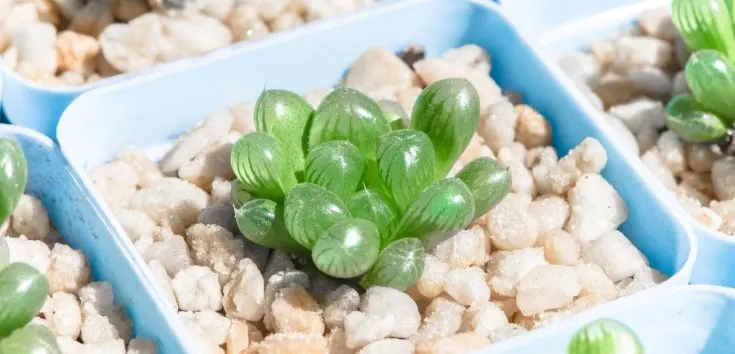
The Haworthia Cooperi is a small succulent that grows in a rosette pattern. This plant has green thick fleshy leaves with transparent stripes on the tips.
This plant is sometimes referred to as the Cushion Aloe Plant.
This Care Guide will teach you how to keep this houseplant happy all through the year.
Materials
Instructions
Soil Preference:
- Haworthia plants prefer a well draining cactus soil mix. The roots will rot quickly if they sit in moist soil.
- A mix of cactus potting mix and perlite will keep the roots happiest.
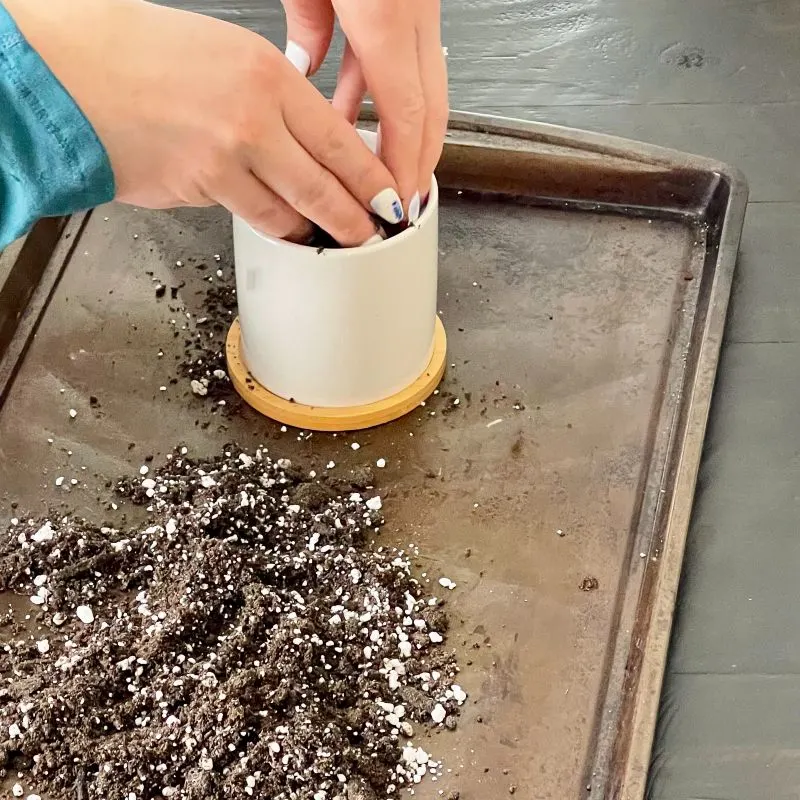
- Make sure your pot has drainage at the bottom. Do not use a pot with no drainage hole for this plant.
- A heavy soil potting mix is not recommended for Haworthia plants.
Pot Size and Type:
- The Haworthia Cooperi can grow in many different kinds of pots, I like to plant mine in ceramic pots with a drainage hole. I linked an Amazon page of adorable cactus pots above for you.
- This plant is typically a slow growing plant.
- Repot every second year or when roots come out the drainage holes on the pot bottom To the next pot size up. Don't jump to a huge pot from a small one. Just go to the next size up pot.
Lighting:
- Haworthia Cooperi will grow best in bright indirect light.
- Haworthia Cooperi plants will tolerate lower light but will grow very slowly and need much less water.
- If this plant receives too much direct light the leaves may start to change to a white or yellow color. Put your plant in a less intense light if the leaves show sun stress
- If this plant doesnt recieve enough light, it will grow leggy and become mishappen.
Watering:
- Water Haworthia plants when the soil is dry. These plants are typically drough resistant and can withstand longer periods of dryness compared to other houseplants.
- Watering is best done by drenching the plant thoroughly. Allow the water to run through the pot and then let it drain so no water sits in the bottom drain plate.
- Do not allow water to sit in the center of the leaves and accumulate.
- The recommendation watering cycle is every 2-3 weeks.
- Never let this plant get wet feet. Overwatering encourages root rot and fungus gnats.
How to Fertilize:
- Apply a good quality fertilizer (linked in materials) diluted by 50% once or twice in the summer months. These plants do not need much fertilizer.
- Allow the plant to rest through the winter months.
Temperature:
- This plant will do best at average household temperates. Between 68-72 F
Pests:
- Haworthia plants are hardy resilient plants. However all plants can get attacked by pests.
- Stress by longterm overwatering, poor light, extreme temperatures and soil conditions are contributors to plant stress..
- Spider mites, mealy bugs, scale, thrips and whitefly are the most common houseplant pests you will see.
- Read our post on How to get rid of aphids and other pests with our homemade pesticide soap recipe or neems oil.
- To minimize the possibility of pests be sure to check all nursery plants before bringing them home.
- Quarantine all new plants until you are sure no pests live in them.
How to Propagate by stem cutting:
- Cut healthy leaves off the plant and let dry for overnight or up to a couple of days until a callous forms.
- Place leaves on wet cactus soil.
- After several weeks roots will grow and settle the new plant.
How to Propagate by Offsets:
- Haworthia plants naturally grow new plants around their outer perimeter. These are called offsets.
- You can easily unpot your plant and pull the offsets off the mother plant.
- Repot all the offsets in separate pots in cactus soil.
- Water thoroughly. They should be rooted.
Another one of our favorite Haworthia plants is the Zebra plant. This plant also grows in a rosette pattern, and features leaves with white stripes that resemble a Zebra pattern.
More information on this Haworthia plant
Follow Us:
Find us on YouTube, Instagram , Pinterest and TikTok! We love to Plant chat. We also comment, like and occasionally share your content to our daily stories. We’d love to see your plants. Share your joy in your houseplants. Happy Planting!
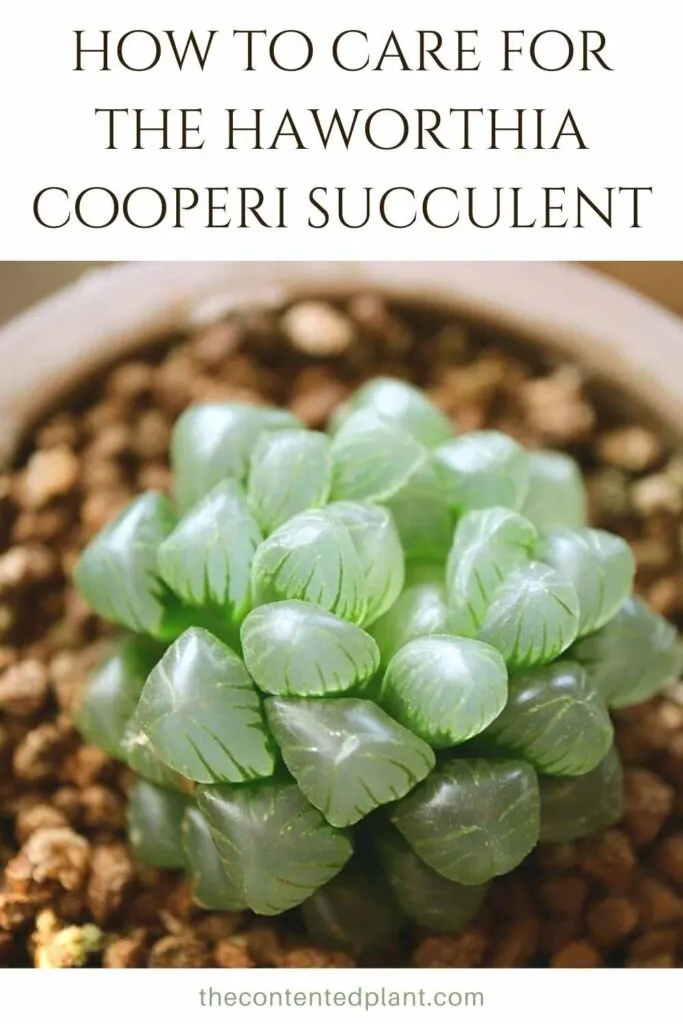

Watering Succulents-Tips for Success - The Contented Plant
Friday 14th of January 2022
[…] Succulent plants often have built in water tanks in their rhizomes, roots and leaves. Some examples of this are the ZZ plant, Ponytail Palm, snake plants, hens and chicks and Haworthias. […]
Sansevieria Cylindrica Plant Care Guide and Profile - The Contented Plant
Tuesday 4th of January 2022
[…] The Haworthia Cooperi […]
Aloe Plant Care Guide and Profile - The Contented Plant
Tuesday 9th of November 2021
[…] The Haworthia Cooperi […]
Variegated String of Hearts Vine - The Contented Plant
Friday 23rd of July 2021
[…] The Haworthia Cooperi […]